Pitch Pine
- October 20, 2023
- 0 comment
Pitch Pine, scientifically known as Pinus rigida, is a distinctive and hardy evergreen tree native to eastern North America. This resilient species, often found in a variety of environments, is renowned for its unique characteristics. The most notable feature of the pitch pine is its robust, twisted, and contorted branches, which give the tree a striking appearance. Its dark, furrowed bark and clusters of needle-like leaves add to its rugged charm.

The name “pitch pine” derives from the tree’s high resin content, particularly in its pine cones, which can be ignited easily, making it a valuable resource for early settlers. This adaptable tree can thrive in diverse habitats, from dry, sandy soils to wetlands, and it plays a crucial ecological role by providing habitat and food for wildlife, including birds and insects. Pitch pine has been historically used for lumber and resin extraction, contributing to the region’s economy. Today, it continues to be appreciated for its unique aesthetic qualities and its ability to withstand challenging environmental conditions, making it a symbol of resilience in the natural world.
| Characteristics | Description |
| Scientific Name | Pinus rigida |
| Common Name | Pitch Pine |
| Family | Pinaceae |
| Native Range | Eastern North America |
| Height | 30-80 feet (9-24 meters) |
| Needle Length | 3-5 inches (7.6-12.7 cm) |
| Needle Color | Dark green |
| Bark | Dark and furrowed |
| Cones | Ovate, 1.5-3 inches (3.8-7.6 cm) in length |
| Cones’ Scales | Stout with a small prickle |
| Resin | High resin content in cones |
| Habitat | Adaptable to a range of environments, from dry, sandy soils to wetlands |
| Wildlife | Provides habitat and food for birds and insects |
| Economic Use | Historically used for lumber and resin extraction |
| Aesthetic Value | Unique, twisted branches and rugged appearance |
| Resilience | Can withstand challenging environmental conditions |
Botanical Beauty of “Pitch Pine”
The Pitch Pine, scientifically known as Pinus rigida, is a botanical marvel that captivates with its unique aesthetic qualities. This evergreen tree, native to eastern North America, is a testament to the beauty found in nature’s adaptability. Its distinctive twisted branches and dark green needles give it a rugged charm that stands out in various landscapes. The name “Pitch Pine” is not just a reference to its resin-rich pine cones but also to its resilience in the face of diverse environmental challenges. The botanical beauty of Pitch Pine lies in its ability to thrive where few others can, making it a striking presence in the natural world.

Woodland Elegance
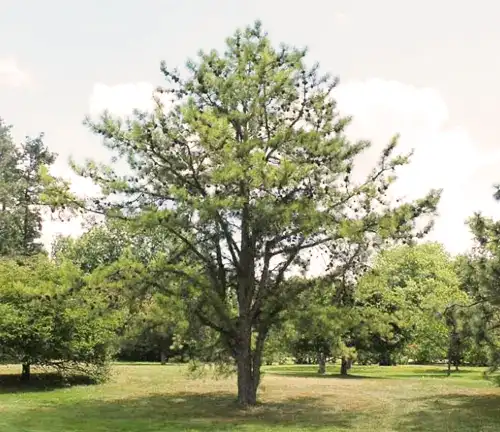
In the heart of North American woodlands, Pitch Pine emerges as an elegant and hardy inhabitant. The tree’s striking appearance, characterized by its contorted branches and dark, furrowed bark, adds a touch of elegance to these forest ecosystems. Its presence transforms ordinary woodlands into a showcase of nature’s artistry. Despite its often gnarled appearance, Pitch Pine exudes a sense of grace that underscores the enchanting allure of our planet’s flora.
Ecological Importance
Pitch Pine is more than just a pretty face in the forest; it plays a vital role in the ecosystem. This tree offers refuge and sustenance to a variety of wildlife. Birds find shelter and nesting sites in its intricate branches, while insects and other creatures thrive on its nutritious seeds. Its importance extends to fire-adapted ecosystems, where its resin-rich cones play a pivotal role in forest regeneration after wildfires. By supporting various life forms and contributing to the resilience of natural landscapes, Pitch Pine underscores its ecological significance.
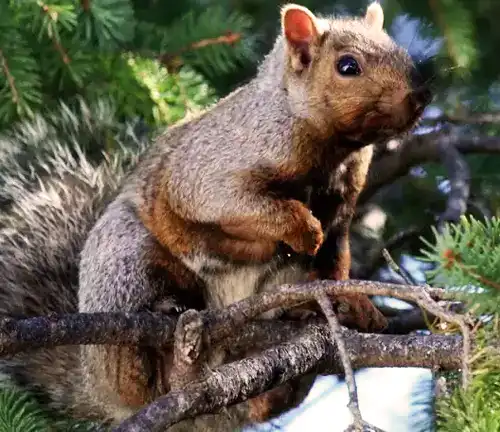
Cultivation and Conservation
Cultivating Pitch Pine has gained attention due to its adaptability and aesthetic appeal. Its ability to thrive in different environments, from dry, sandy soils to wetlands, makes it a promising choice for landscaping and reforestation projects. Conservation efforts are also crucial to safeguard this species, as it faces threats from habitat loss and urbanization. Conservationists work tirelessly to ensure that future generations can continue to appreciate the unique charm of Pitch Pine.
Fragrance
The scent of Pitch Pine is another captivating aspect of this tree. Crush its needles or break open a cone, and you’ll be greeted with a delightful resinous fragrance. This distinct aroma adds to the sensory experience of being in the presence of Pitch Pine, making it a memorable encounter in the great outdoors. The fragrance is not only a treat for the human senses but also an attractant for pollinators and wildlife.
Soil Stabilization
Beyond its visual and olfactory appeal, Pitch Pine contributes to the environment in a more practical manner. Its extensive root system aids in soil stabilization, preventing erosion in areas prone to shifting landscapes. This function is invaluable in safeguarding fragile ecosystems and ensuring the long-term health of the land where it thrives.
Common Uses
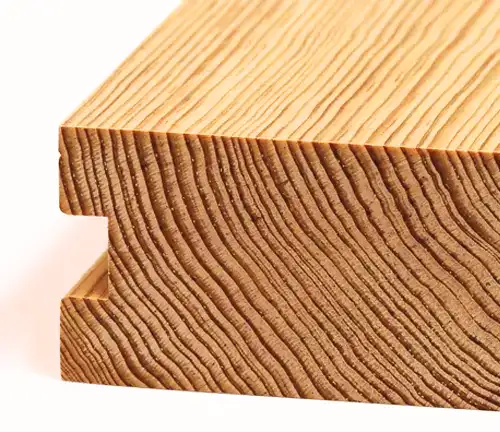

Historically, Pitch Pine has been used for a variety of purposes. Its wood, known for its durability and resistance to decay, has been employed in construction, particularly for railroad ties and shipbuilding. Additionally, its resin has been harvested for use in various products, including varnishes, soaps, and turpentine. These historical uses highlight the versatility of the tree and its contributions to human industry.
Benefits
The benefits of Pitch Pine extend far and wide. From its ecological significance in supporting wildlife to its capacity for stabilizing soil and enriching the air with its resinous fragrance, this tree is a true gem of nature. Its adaptability and aesthetic charm make it an excellent choice for conservation efforts and landscaping, ensuring that the botanical beauty and ecological importance of Pitch Pine continue to be appreciated for generations to come.
Different Species
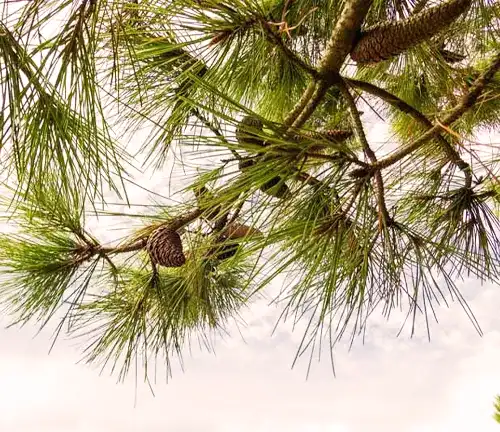
Shortleaf Pine
(Pinus echinata)
Shortleaf Pine is another North American pine species that shares some similarities with Pitch Pine. It is found in the southeastern United States and is known for its flexible, slender needles and an irregular crown.
Loblolly Pin
(Pinus taeda)
Loblolly Pine is a common pine species in the southeastern United States. While it doesn’t have the same distinctive contorted branches as Pitch Pine, it’s a significant pine species in the same region.
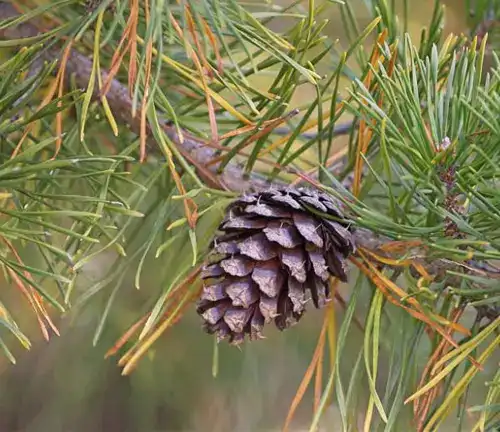
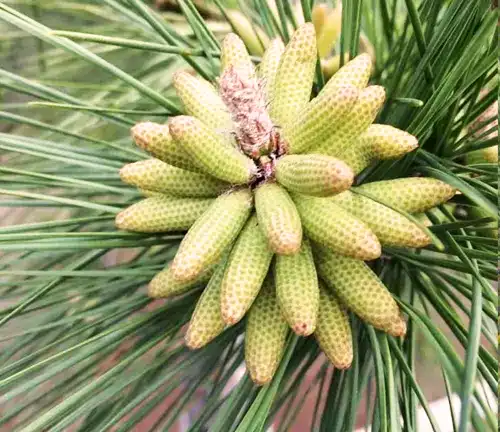
Longleaf Pine
(Pinus palustris)
Longleaf Pine, also found in the southeastern United States, has long, flexible needles and a unique growth form. Although its branches are not as twisted as those of Pitch Pine, it is a notable member of the southeastern pine forest ecosystem.
Pond Pine
(Pinus serotina)
Pond Pine is a pine species that is often found in wetland areas in the southeastern United States. It has unique adaptations for growing in waterlogged soils, and its appearance can resemble Pitch Pine in certain aspects.
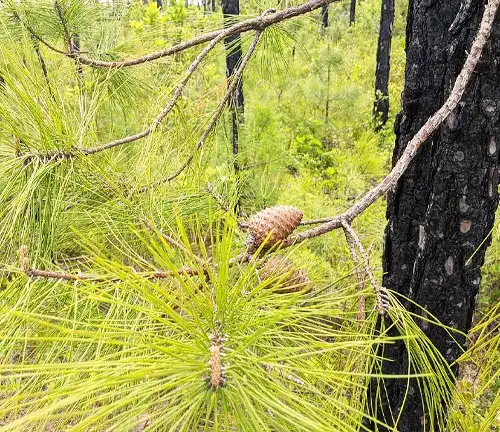
Frequently Asked Questions (FAQs)
- What is Pitch Pine?
Pitch Pine, scientifically known as Pinus rigida, is a hardy evergreen tree native to eastern North America. It is renowned for its distinctive contorted branches and high resin content. - Where is Pitch Pine found?
Pitch Pine is native to the eastern United States and Canada. It can be found in a variety of habitats, from dry, sandy soils to wetlands. - What are the characteristics of Pitch Pine?
Pitch Pine is characterized by its twisted branches, dark green needles, and dark, furrowed bark. Its pine cones are known for their high resin content. - What is the ecological importance of Pitch Pine?
Pitch Pine plays a crucial ecological role by providing habitat and food for wildlife, including birds and insects. It is also well-suited to fire-adapted ecosystems. - Can Pitch Pine be grown in gardens or landscaping?
Yes, Pitch Pine can be cultivated in gardens and landscaping due to its adaptability and unique aesthetic appeal. - How is Pitch Pine used historically and commercially?
Historically, Pitch Pine has been used for lumber, particularly for railroad ties and shipbuilding. Its resin has been harvested for various products, including varnishes and turpentine. - Is Pitch Pine a threatened species?
Pitch Pine faces threats from habitat loss and urbanization, making conservation efforts important to ensure its survival. - What is the fragrance of Pitch Pine like?
Pitch Pine has a resinous fragrance that is released when its needles or cones are crushed, adding to the sensory experience of being around this tree. - What are the benefits of Pitch Pine in landscaping and conservation?
Pitch Pine’s adaptability, aesthetic charm, and soil-stabilizing properties make it valuable for landscaping and conservation efforts. - How does Pitch Pine contribute to soil stabilization?
The extensive root system of Pitch Pine helps prevent soil erosion, making it beneficial in stabilizing fragile landscapes.


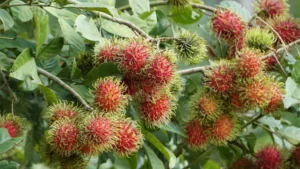

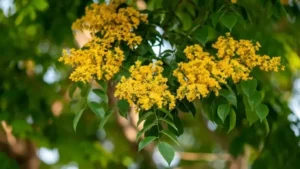
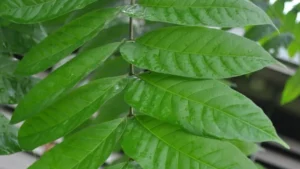


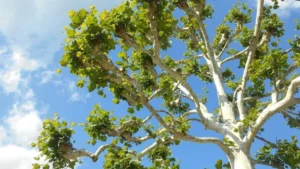

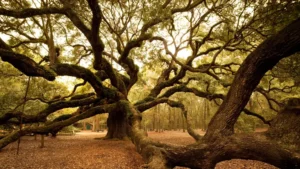

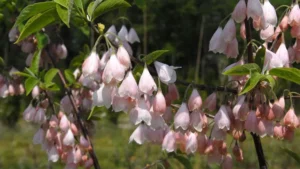

Leave your comment